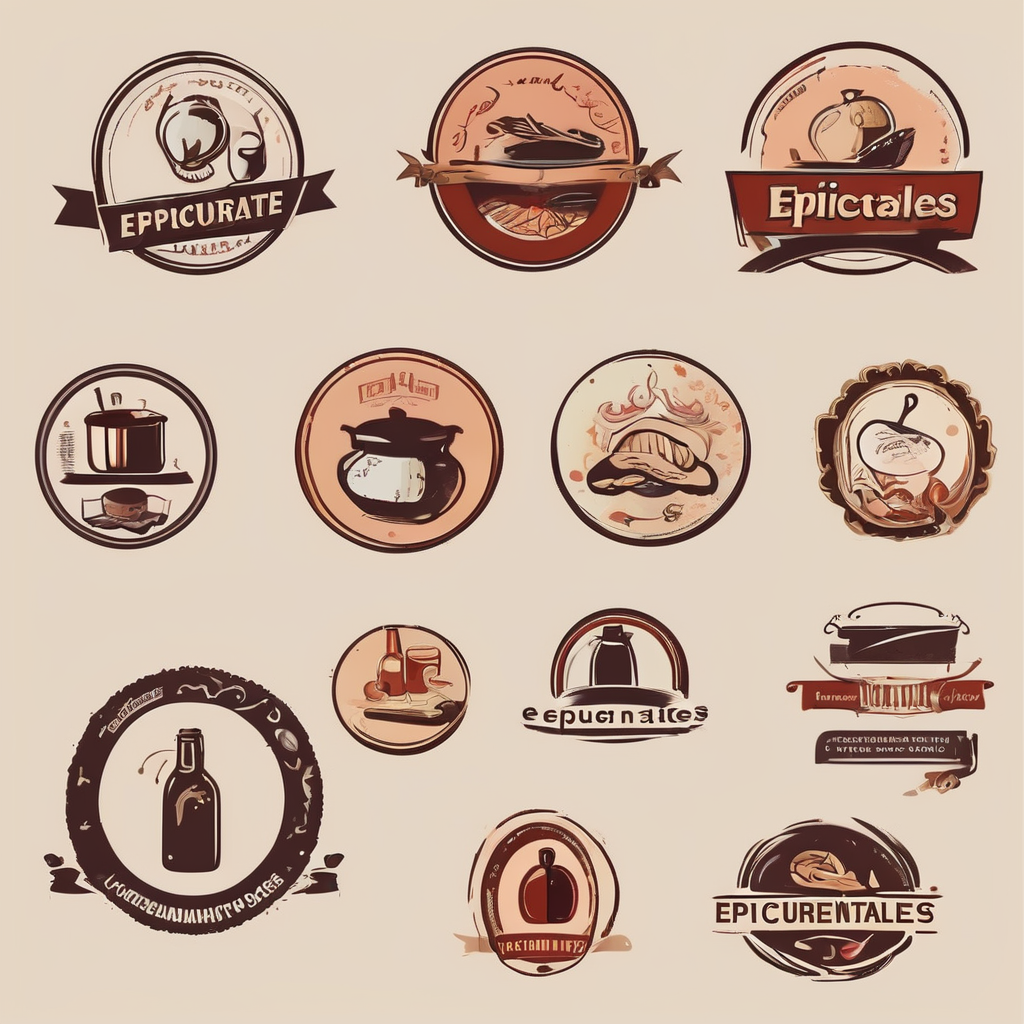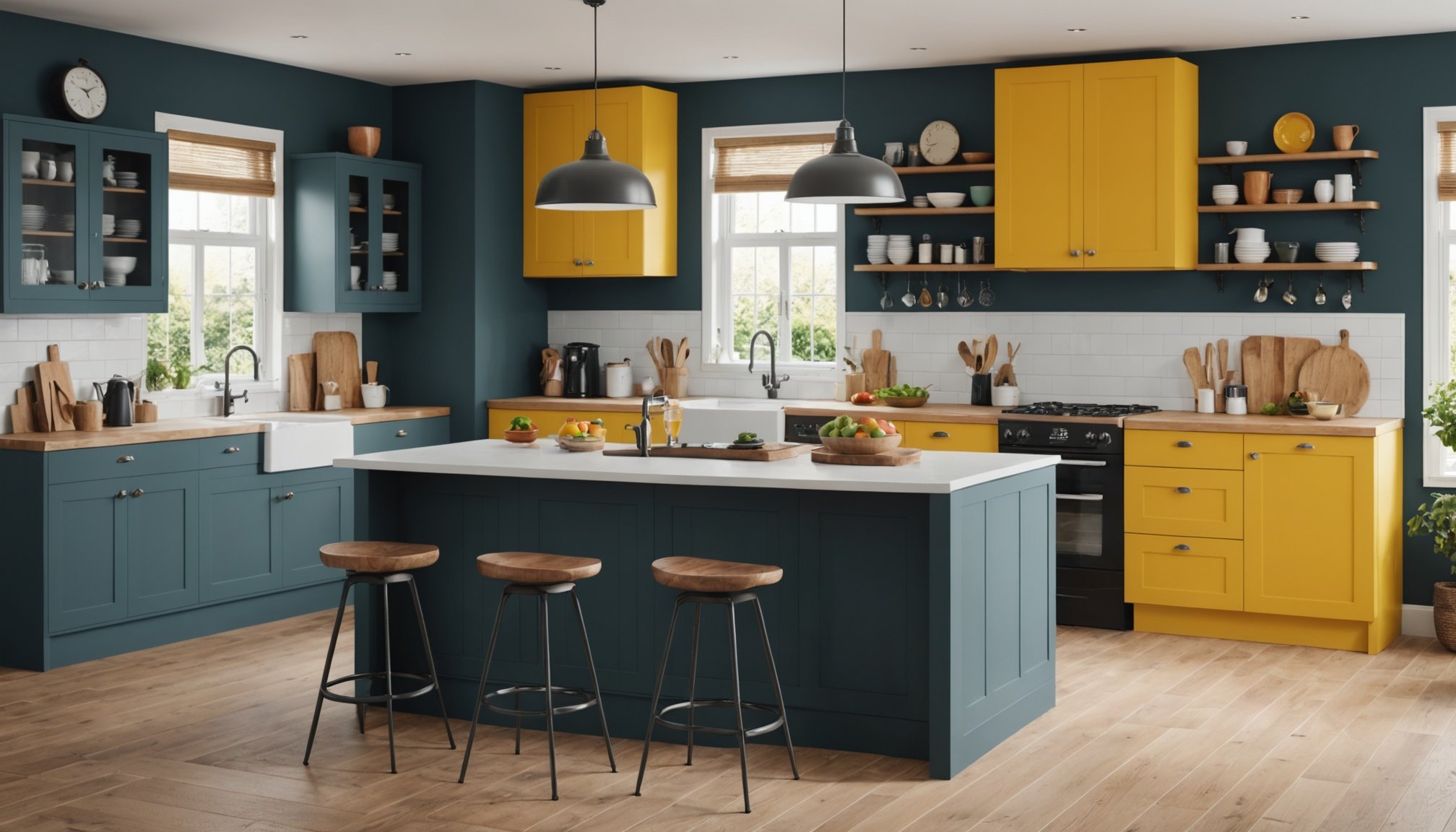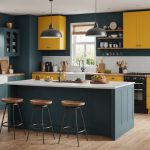Selecting the right color palette for your kitchen can transform the space into a harmonious haven of style and comfort. A well-chosen scheme not only enhances the aesthetics of your kitchen but also influences the overall feel of the room. Whether you’re planning a complete redesign or just a small refresh, understanding the impact of colors on your kitchen is essential. In this article, we will explore the best ways to choose a color palette that brings cohesion and balance to your kitchen design, creating an inviting atmosphere that reflects your personal taste.
Understanding Color Psychology in Kitchen Design
Before diving into specific colors and combinations, it’s essential to understand the psychology behind the colours you choose. Colors evoke emotions and can significantly affect how you perceive a space. For example, blue often promotes a sense of calmness and serenity, making it an ideal choice for kitchens where you want to feel relaxed while cooking. On the other hand, green is associated with freshness and vitality, often reminding one of nature, which can be perfect for a kitchen that values healthy living.
Have you seen this : How can I create a seamless flow between my kitchen and dining area in a UK home?
When conceptualizing your kitchen’s color scheme, consider how each color interacts with lighting. Natural light can change the perception of a color, making it appear lighter or darker at different times of the day. For instance, a light blue might look ethereal in the morning sun but shift to a cooler tone during the evening. Similarly, white can create a bright and airy feel, enhancing the space of smaller kitchens. Think about how you want your kitchen to feel when you spend time there; do you want it to energize you or offer relaxation?
The relationship between colors and the design of your cabinets and countertops is also crucial. For instance, pairing deep shades of green with white cabinetry can create a crisp, clean look that feels both modern and timeless. As you explore your color options, don’t forget to consider the overall design style of your home. A traditional home may benefit from warm, earthy colors, while a modern space might shine with cool tones or bold contrasts.
This might interest you : What are the most common mistakes to avoid when remodeling a UK kitchen?
Creating a Cohesive Color Palette
Once you have a grasp of color psychology, the next step is to create a cohesive color palette that suits your kitchen. Start by selecting a dominant color. This will serve as the foundation of your scheme. For example, if you choose blue as your primary color, consider using lighter shades on the walls and deeper tones for your cabinetry or accents. The goal is to establish a base that can blend seamlessly throughout the room.
After identifying your dominant color, think about how you can balance it with complementary colors. A popular approach is to use a classic three-color scheme: a dominant color, a secondary color, and an accent color. Using the previous example of blue, you could pair it with white as your secondary color for cabinetry and countertops, and introduce green as an accent in the form of plants, decorative items, or even a funky backsplash.
Another method to ensure harmony in your kitchen is to utilize the 60-30-10 rule. This design principle suggests that you should allocate 60% of the dominant color, 30% for the secondary color, and 10% for accents. This will guide you in distributing your colors throughout the space evenly, avoiding overwhelming the senses while still making a striking statement.
Also, consider the light and atmosphere of your kitchen. If your kitchen lacks natural light, opt for brighter shades to make the space feel larger and more inviting. Conversely, a well-lit kitchen can handle darker colors or deeper tones, adding a touch of elegance and sophistication to the overall look.
Incorporating Trends while Staying True to Your Style
Staying aware of current trends can help you choose a color palette that feels fresh and modern. However, it’s vital to balance these trends with your personal style. For instance, while bold colors like deep navy or forest green are trending, these may not suit everyone’s preferences. If you prefer a more timeless look, consider using trendy colors as accents rather than the main scheme. This allows you to embrace contemporary design without committing to a color that may feel outdated in a few years.
One way to incorporate trends is through the use of accessories or smaller items. For example, if blue is in vogue, you might choose blue dishware, kitchen towels, or even a blue coffee machine to infuse the color without overhauling your entire kitchen. This keeps your kitchen’s design adaptable and allows you to change the look easily as trends evolve.
Also, consider combining classic colors with trendy shades. For example, a classic white kitchen can be revitalized with trendy green or blue accents through bar stools or a bold backsplash. This approach offers a balance between timeless elegance and freshness, making your kitchen feel contemporary without sacrificing long-term appeal.
Finally, consult resources like design magazines or online platforms such as Pinterest to see how others have successfully executed their color palettes. You may discover unique combinations and ideas that resonate with you, helping you further refine your kitchen’s overall look.
Final Considerations for an Inviting Kitchen Space
As you finalize your color palette, consider the overall functionality of your kitchen. High-traffic areas benefit from durable colors that resist wear and tear. If you have little ones or pets, opting for darker colours may help conceal stains and scuffs. Remember that the color scheme should not only look good but also stand up to the demands of daily life.
Additionally, think about how your chosen colours interact with your kitchen’s layout. Open-plan kitchens that connect to living spaces can benefit from cohesive colors that tie the rooms together. For instance, if your living room features a warm green, consider incorporating it into your kitchen through cabinetry or accents to create a fluid transition.
Lighting is another crucial aspect of your kitchen’s design. Under-cabinet lighting, pendant lights, or even natural light can dramatically change how colors appear. Test your palette with various lighting options to see how the colors shift throughout the day. It may be beneficial to select colors that remain consistent in different lighting conditions to ensure that your kitchen always feels inviting.
Lastly, don’t shy away from experimenting. If possible, get paint samples and apply them to the walls to see how they interact with your space. This hands-on approach can reveal unexpected results and help you finalize your choices with confidence.
Choosing the right color palette for your UK kitchen is a vital step towards creating a harmonious and inviting space. By understanding the psychological effects of colors, crafting a cohesive palette, and considering current trends alongside your personal style, you can achieve a kitchen that reflects your unique taste and enhances your home’s overall atmosphere. Remember that your kitchen is not just a functional room; it’s a space for gathering, creating, and enjoying life’s moments. So take your time in selecting the perfect colors, and enjoy the process of transforming your kitchen into a place you love.











